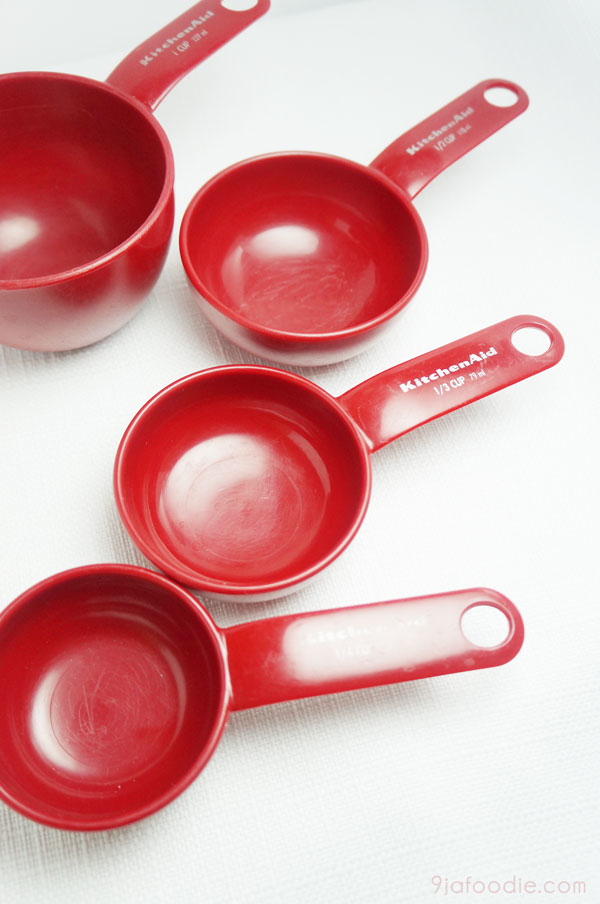When it comes to cooking and baking, precision is key. Whether you're a seasoned chef or a beginner in the kitchen, understanding measurements can make all the difference in the outcome of your dishes. One common measurement that often leaves people scratching their heads is 3/4 cup. In this article, we'll explore where exactly 3/4 is on a measuring cup and provide some useful tips to ensure your recipes turn out perfectly every time.
Measuring cups are essential tools for anyone who spends time in the kitchen. They help us accurately portion ingredients, ensuring consistency and balance in our culinary creations. Knowing how to use them correctly, especially when dealing with fractions like 3/4, can elevate your cooking experience. Let's delve into the specifics of locating and utilizing the 3/4 mark on a measuring cup.
Identifying 3/4 Cup in Your Measuring Set
Measuring cups come in various sizes, and a standard set typically includes options like 1 cup, 3/4 cup, 2/3 cup, 1/2 cup, 1/3 cup, and 1/4 cup. When looking for the 3/4 cup measure, you’ll find it labeled clearly on most sets. For instance, many stainless steel sets, such as those made from durable 18/8 stainless steel, will have distinct markings for each size, making it easy to identify.
A set of 8 measuring cups usually consists of graduated sizes ranging from 1 cup down to smaller increments. The 3/4 cup measure corresponds to approximately 180 milliliters, which is an important conversion to remember if you’re working with recipes that use metric units. This specific measurement is particularly useful for both dry and liquid ingredients.
This technology simplifies cooking by providing accurate measures without guesswork. With clear markings, these tools bring convenience and accuracy to your kitchen tasks, enhancing your overall cooking experience.
Practical Applications of 3/4 Cup Measurements
Cheese lovers often wonder about the amount of cheese needed per cup. Deciphering how much shredded cheese equates to one cup may initially seem daunting, but with the right tools, it becomes straightforward. A 3/4 cup measure can be invaluable here, allowing you to portion out just the right quantity for your recipe.
For example, when preparing meals requiring precise amounts of grated cheese, using a dedicated 3/4 cup measure ensures consistent results. It eliminates any uncertainty regarding volume and texture, contributing significantly to the success of your dish.
In addition, whether you're measuring flour, sugar, or other dry goods, having a reliable 3/4 cup measure at hand streamlines the process. By relying on this tool, you avoid overloading or underfilling your mixture, thus maintaining optimal flavor profiles and textures.
Tips for Using Your Measuring Cups Effectively
If you're unsure about filling a Zojirushi cup to its full capacity versus the 3/4 marker, consider what ingredient you're measuring. For rice preparation, adhering strictly to package instructions ensures proper hydration levels during cooking. Similarly, employing a regular 1-cup measuring cup provides clarity and avoids confusion.
Recipes calling for 3/4 cup measurements require careful attention. If you lack a designated 3/4 cup measure, combining half and quarter cup portions achieves the same result. Alternatively, filling a quarter cup three times accomplishes the task while minimizing additional cleanup.
Understanding equivalent measurements also aids in flexibility. Recognizing that 3/4 cup equals 180 milliliters helps bridge gaps between different systems of measurement. Such knowledge proves beneficial when adapting international recipes or substituting ingredients based on availability.

